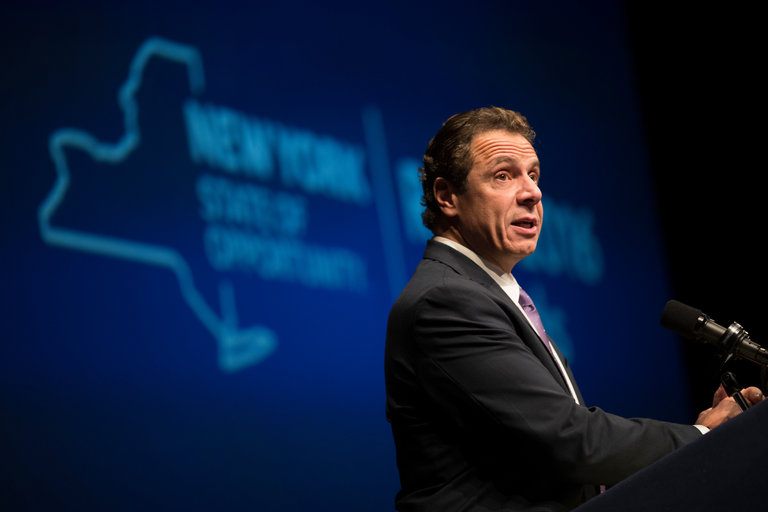New York Offers Problem Gambling Treatment at State-Run Centers, Addiction Rates Remain Stable
Posted on: January 18, 2017, 03:00h.
Last updated on: January 18, 2017, 12:34h.
New York will soon be home to three new upstate casinos, and to calm fears among opponents to gambling expansion, the state is increasing its addiction therapy services at its six treatment facilities.

The Office of Alcoholism and Substance Abuse Services said last week that regiments and treatments are being implemented at the centers which previously only catered to patients suffering from drugs or alcohol abuse. New York has trained 500 therapists and social workers to identify gambling dependencies and addictions.
“We are committed to making sure that individuals who need help with gambling addiction have access to services,” New York State Gaming Commission Executive Director Robert Williams said. The three gambling licenses will provide $151 million to the state, but of that total, just $3.3 million is earmarked for dealing with problem gambling.
The six centers are spread across the state. They are located in Queens Village, Brooklyn, Middletown, Rochester, Ogdensburg, and Buffalo.
Addiction Rates Unchanged
The National Council on Problem Gambling (NCPG) estimates that two million residents in the United States are pathological gamblers who have lost control. That corresponds to less than one percent of the country’s total population.
But the NCPG also believes four to six million people in America are problem gamblers who are impacted on a daily basis by their casino habits. That means up to eight million people are battling some form of problem gambling addiction right now in the US.
While gambling frequency among the general population has declined over the past decade or so, problem gaming has remained stable.
A National Institutes of Health study titled, “Gambling and Problem Gaming in the United States: Changes Between 1999 and 2013,” found that problem gambling didn’t decline because the drop in participation tended to be among less serious casino patrons who would not have otherwise become problem players.
It depends on one’s viewpoint as to whether the gaming addiction rate remaining stable is positive news. Considering the vast expansion of land-based and even internet casinos during the period considered, an unchanged frequency might be encouraging to addiction professionals.
Badgering Statistics
Those who believe problem gambling safeguards like self-exclusion lists adequately defend against the threat won’t take kindly to a new report out of Wisconsin.
According to the Badger State’s Council on Problem Gambling, the average patron who’s addicted to betting is in debt to the tune of $38,090. Though that is less than the $39,033 number reached in 2015, it’s a staggering and likely catastrophic number for many individuals and their families.
Worse yet, in other parts of the nation the average debt is even greater. According to the Pennsylvania Bureau of Drug and Alcohol Programs, the median male problem gambler in the US has between $55,000 to $90,000 in debt.
Though rates are lower in certain states, $30,000 in Washington, for example, New York wants to avoid escalating average liabilities held by pathological gamblers.
Last year, a study by personal finance website WalletHub found that the Empire State ranked 40th in the US in terms of percentage of adults with gambling disorders.
No comments yet